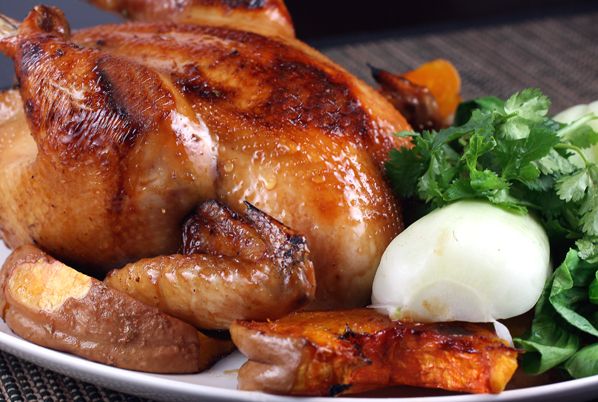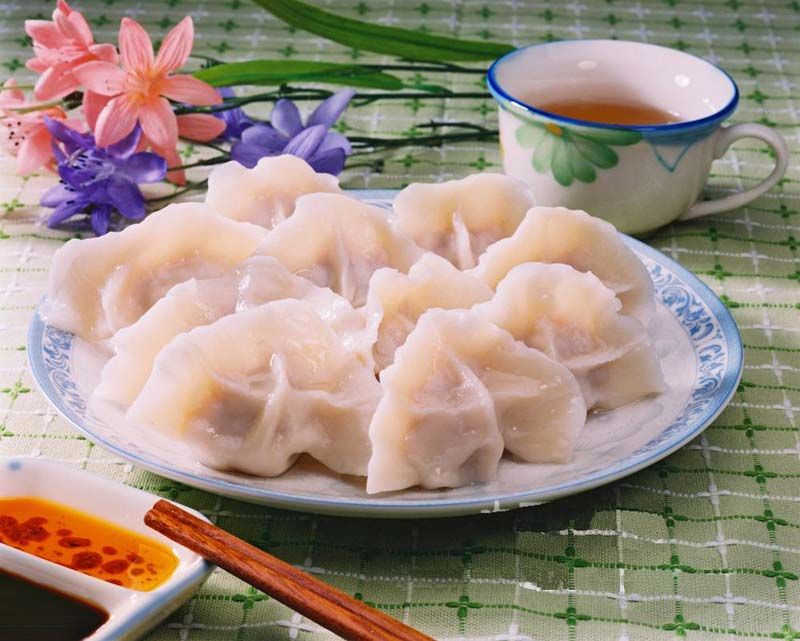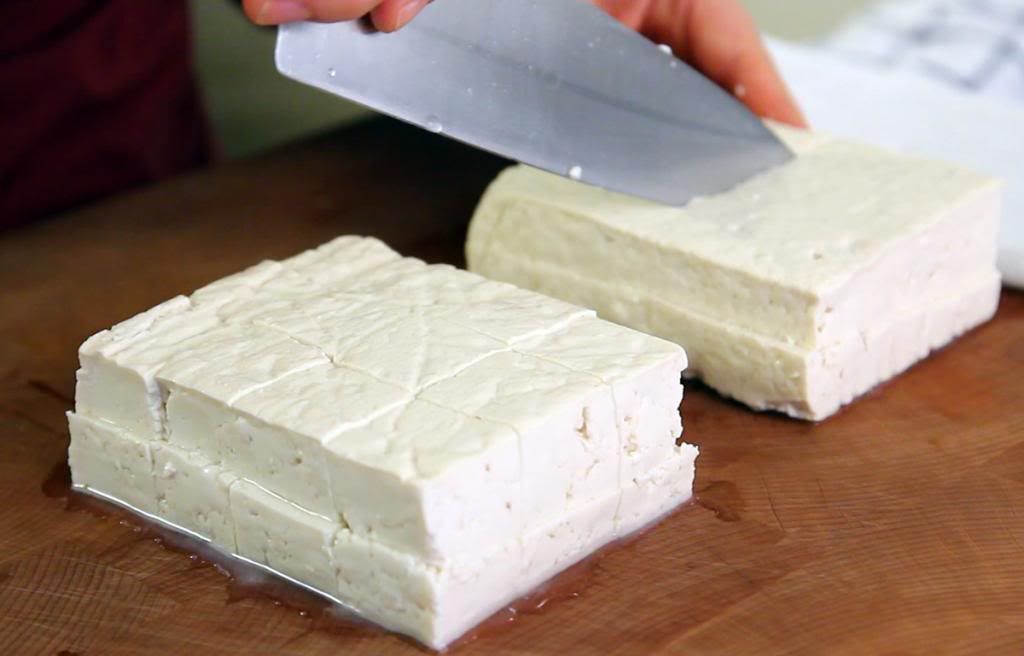Chinese New Year is coming soon so let's take a look at ten Chinese New Year food superstitions.

10. Oranges and Tangerines

Two of the most common food symbols of the Chinese New Year are tangerines and oranges. Whereas tangerines represent wealth, oranges are a popular symbol of good luck. The associations come from a similarity between the Chinese words for tangerine and gold, as well as a resemblance between the words orange and good luck. It isn't uncommon in Chinese culture for similar sounding or spelled words with very different meanings (homonyms) to become suggestive of one another over time. Oranges and tangerines are also a bright, vibrant orange, a happy color that's associated with good fortune.
During Chinese New Year, tangerines and oranges are displayed as decorations and are also exchanged among friends and acquaintances. Sometimes, small trees are kept for this purpose. When giving these fruits as gifts, offer them with both hands. It's polite for the recipient to refuse at first, so keep trying.
Fruit is almost always a good Chinese New Year's gift. Oranges and tangerines are a traditional favorite, though, and can also represent happiness and abundance, as in an abundant harvest. If there are still leaves and a stem attached to the fruit, it also means fertility.
9. Noodles

Noodles are an ancient food, although there's some debate about where they were first created. There's no doubt that noodles are an important addition to many traditional Chinese dishes like lo mein and chow mein. Noodles are a staple of the Chinese diet and can be made from a number of ingredients, like rice flour, wheat flour or mung bean starch.
When served during Chinese New Year, noodles shouldn't be cut or broken into pieces. Long noodles represent a nice long life, although eating them could get a little messy. Just to be on the safe side, you might want to consider having a couple of sturdy napkins on hand.
8. Chicken

Whole chicken is a popular dish during Chinese New Year because it represents togetherness and rebirth. It's symbolic of the family and can also signify unity and prosperity as a group. After all, chicken is a good source of protein and can feed even a large family when prepared carefully. To make sure that the symbolism is complete, it's a good idea to boil or steam the chicken with the head and feet still on to represent unity. Go the extra step and make a symbolic offering of chicken to your ancestors, too. You may not get any takers, but showing respect for the past and enthusiasm for the future is a big part of the holiday.
In Chinese tradition, melons and pomelos are also symbolic of family and are the embodiment of the hope that the family will remain large and whole. The pomelo, a citrus fruit that looks like a big pear and tastes a little like a sweet grapefruit, is also a symbol of abundance.
7. Chinese Dumplings

A popular family New Year's Eve tradition is to get together and make boiled dumplings (jiaozi). Boiled Chinese dumplings are fun and relatively easy to make, and their fried counterparts, pot stickers, are also a Western favorite. Filled with vegetables like cabbage and spring onion, and flavored with pork or shrimp, Chinese dumplings make a filling appetizer or side dish any time of year.
If you plan on following this Chinese New Year tradition, encourage everyone in the family to participate in the preparation and conceal a coin in one of the dumplings in the batch. If the person who finds it doesn't chip a tooth, he's destined to have a very, very lucky year.
6. Pomegranates

Pomegranates are a natural for Chinese New Year. They're filled with colorful seeds for fertility and are a bright vibrant red, which represents happiness and repels evil spirits. They're also good for you, with an abundance of antioxidants and vitamin C to help you recuperate after the celebrations are over.
You probably already know that pomegranate juice is a great pick-me-up and base for a number of alcoholic beverages (it's often made into a sugar syrup called grenadine), but pomegranate seeds are also refreshing in salads and perk up the color and sweetness of meats when added to marinades. They make an eye popping garnish too, especially when paired with slivered carrots, purple cabbage or orange segments.
If you want to experiment, peel a fresh pomegranate and sample the seeds. They have a predominantly sweet flavor with just a slight sour aftertaste. They're wonderful as a fresh, cold dessert all by themselves.
5. Seeds

Seeds are important in Chinese New Year celebrations because they're symbolic of the harvest, abundance and fertility. They represent the potential for good things to come and appear again and again as the embodiment of hope.
Many seed-rich fruits are either used as ingredients in classic dishes or for decoration. Besides the symbolic significance of the seeds in fruits like oranges, tangerines, melons, pomegranates and pomelos, seeds are also used by themselves or as major ingredients. Red-dyed melon seeds are added to candies and offered to guests or children, and the sweet seeds of the lotus are candied, too. Red melon seeds have multiple meanings because they incorporate the significance of red for joy with the potential and hope represented by the seeds themselves.
4. Vegetarian's Delight

A large all vegetable medley is a favorite New Year's Day dish. This classic is sometimes called Vegetarian's Delight, Jai or Buddhist's Delight. Make sure to use plenty of root vegetables. Chinese New Year is the beginning of the spring planting season, so it's a great time to use up those stored winter veggies and clear the shelves for spring greens.
To add a little extra good fortune, be sure to include black moss to attract wealth, lotus seeds for fertility, and bamboo shoots for strength and longevity. Some other common ingredients are tiger lily buds, red dates (jujubes), Chinese cabbage, cloud ears and water chestnuts.
3. White Foods

Although you'll see tofu (fresh bean curd) in some Chinese New Year recipes, serving white ingredients is usually considered bad luck during the 15-day celebration. White represents bad fortune and even death, although in other areas of Chinese life it can mean purity, too.
Color is often symbolic during this time, and foods that are red, orange, green or gold are considered particularly auspicious. This is one of the reasons tangerines, oranges, red melon seeds and pomegranates are popular food gifts. Their colors are believed to represent the following:
- White - bad luck, death, loss, mourning
- Red - happiness, purity, celebration, health, luck
- Orange - happiness, luck
- Gold or yellow - happiness, prosperity
- Green - luck, harmony
2. Prosperity Tray

The Chinese New Year prosperity tray is usually a hexagonal or round dish that contains eight traditional candy varieties. The number eight represents prosperity, and each candy has symbolic significance. Made from traditional ingredients, like red melon seeds, peanuts or candied melon, these treats are offered to children and guests.
When an adult takes a candy from the tray, he replaces it with a red envelope, or Lai See, that contains a money gift for good luck. The amount of the gift usually ends in an even number, often an eight [source: Moriarity].
The eight traditional candies are:
- Candied melon - good health
- Coconut - togetherness
- Kumquat - prosperity
- Lychee nuts - family ties
- Longan - fertility (for bearing sons)
- Lotus seeds - a large family
- Peanuts - long life
- Red melon seeds - happiness, truth
1. Fish

It's traditional to serve a whole fish on New Year's Eve and save half for the next day. The Chinese word for fish is similar to the word for plenty, and saving part of the fish for later consumption insures symbolic abundance for the future. In true Chinese fashion, buy the freshest fish you can. When exploring the options, insist on a fish with clear eyes and a clean, not fishy smell.
As with chickens served during this time, it's important to keep the fish whole, with the tail and head intact. The body of the fish represents family unity or togetherness. If you're serving guests, place the fish on the table facing them as a sign of respect and welcome.
Source: recipes.howstuffworks.com